
Low-Code for
Legacy Modernization
Take core business applications from risky to resilient
Trusted by
Upgrade legacy systems without disrupting business
Legacy systems are risky. Time-consuming maintenance, excessive outages, user-unfriendliness, compatibility issues with new software — the list goes on.
These dinosaurs monopolize IT resources and make digital transformation all the more complicated.
But the road to legacy modernization has a shortcut. The Mendix low-code IDE fast-tracks development to help enterprises build custom apps to supplement or replace legacy systems.
Try Mendix free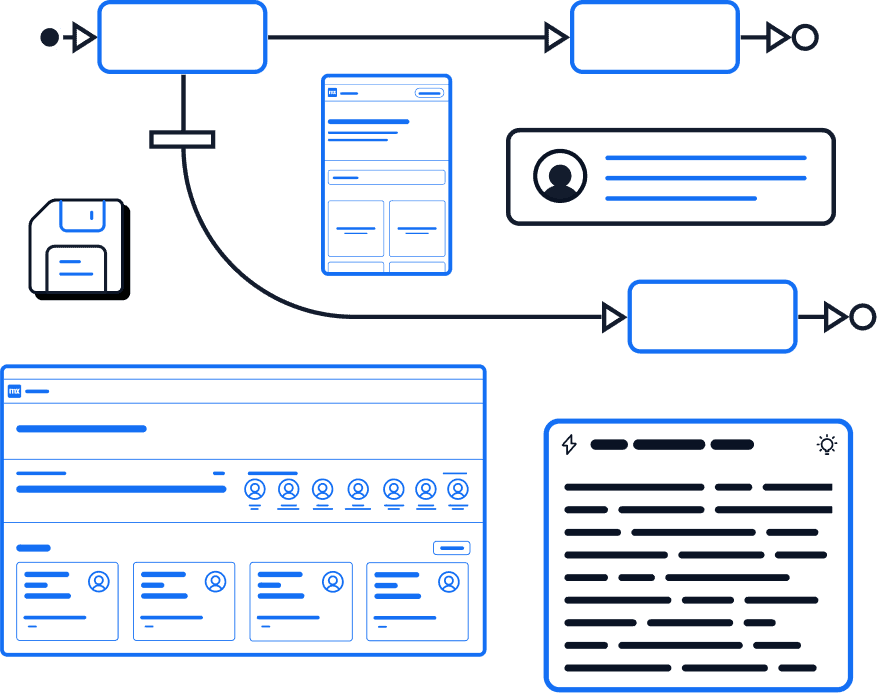
How to modernize legacy systems with low-code
Whether you’re looking to update a few critical business processes or completely rebuild, Mendix helps replace, enhance, or supplement your core legacy systems and applications.
-

Extend system capabilities
Maintain core systems while building open and extensible apps that integrate into your existing landscape.
Build and upgrade -

Migrate to modernize
Develop modernized applications to incrementally replace your legacy systems.
Simplify and migrate -

Replace systems gradually
Examine your system to see where you can make piece-by-piece updates.
Rebuild and replace
Revitalize your legacy landscape with the Mendix enterprise low-code platform
Mendix is a future-proof, low-code platform ready to take on tomorrow’s evolving technologies and business challenges.
-
Lower solution TCO
Maximize the value of your enterprise development with lower operating costs, higher productivity, complete in-house control, and rapid deployment.
-
Empower your entire workforce
Low-code is intuitive and encourages developers of all backgrounds to engage in efficient processes that lead to streamlined deployment.
-
Scale with the cloud
Build flexible apps that grow with your business—without having to redesign or rearchitect. Mendix is cloud-native and scalable right out of the box.
-
Better manage multi-cloud
Utilize one-click deployment with complete cloud freedom, from a private cloud, public cloud, hybrid cloud, or on-premises.
See our cloud options -
Build with extensibility
Mendix is open and extensible at every level. Use APIs to integrate with your existing systems, CI/CD pipelines, and test automation suites.
Learn more about extensibility -
Deliver best-of-breed UX
Build cohesive multi-experience applications that deliver exceptional user experiences for mobile, web, or both.
Modernization success stories
Related resources
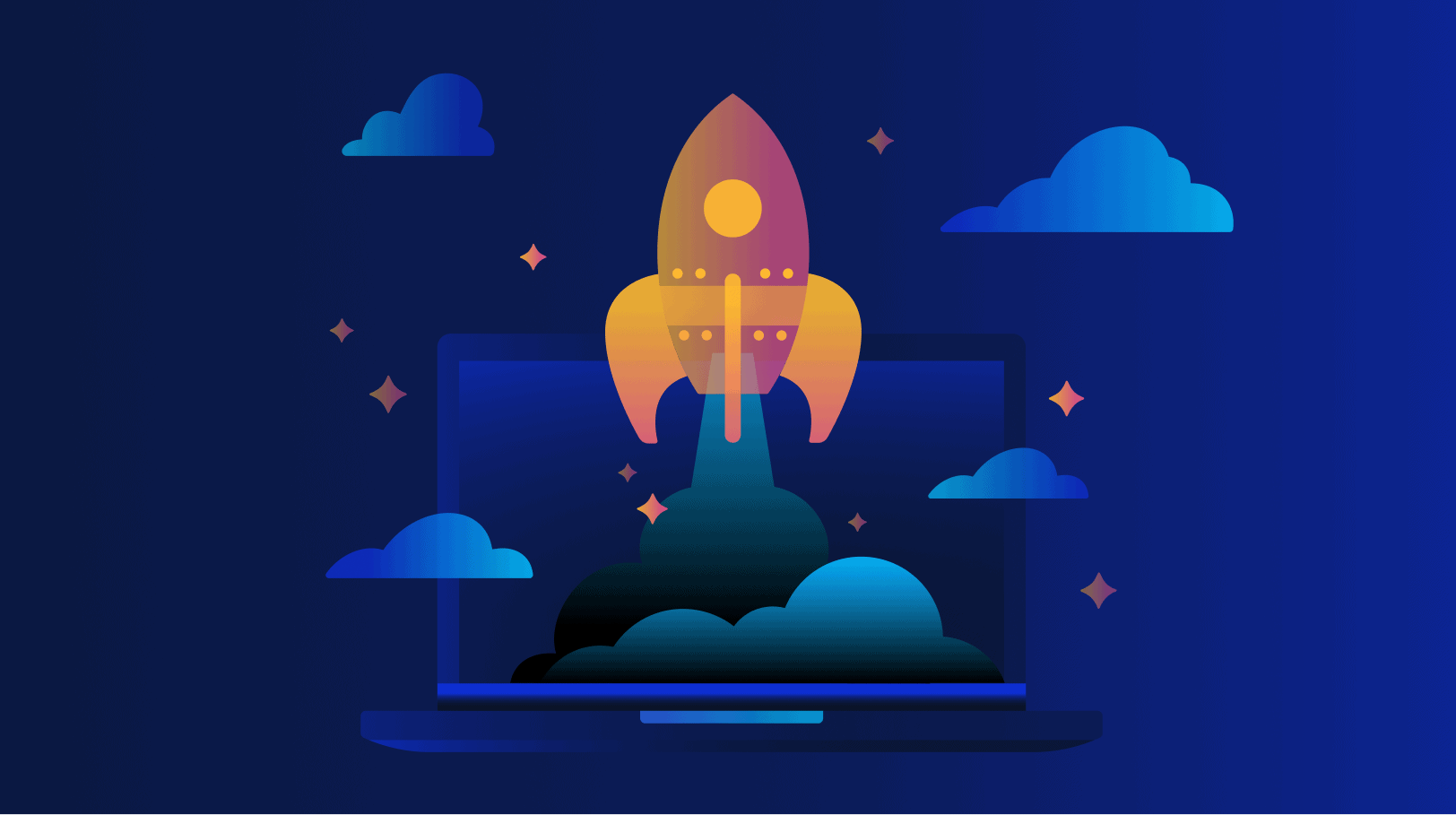
3 Immediate Benefits of Modernizing Legacy Systems
If you're asking yourself, "Why modernize legacy systems?" consider these legacy modernization benefits that range from quick wins to strategic evolution.
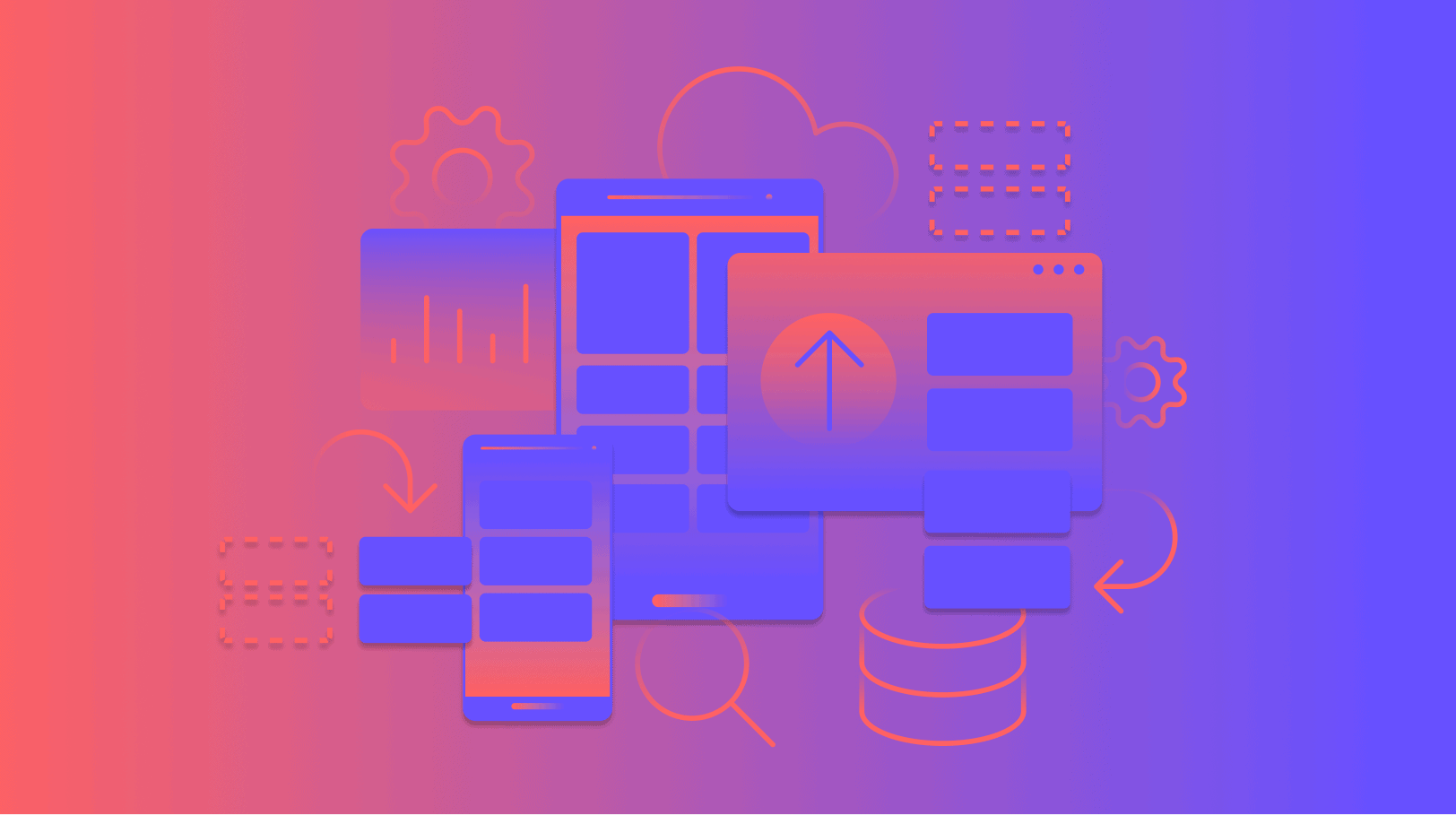
3 Low-Code Legacy Application Modernization Strategies
If you're running outdated, lagging legacy systems, it's time for an upgrade. Here's how low-code can support legacy application modernization.
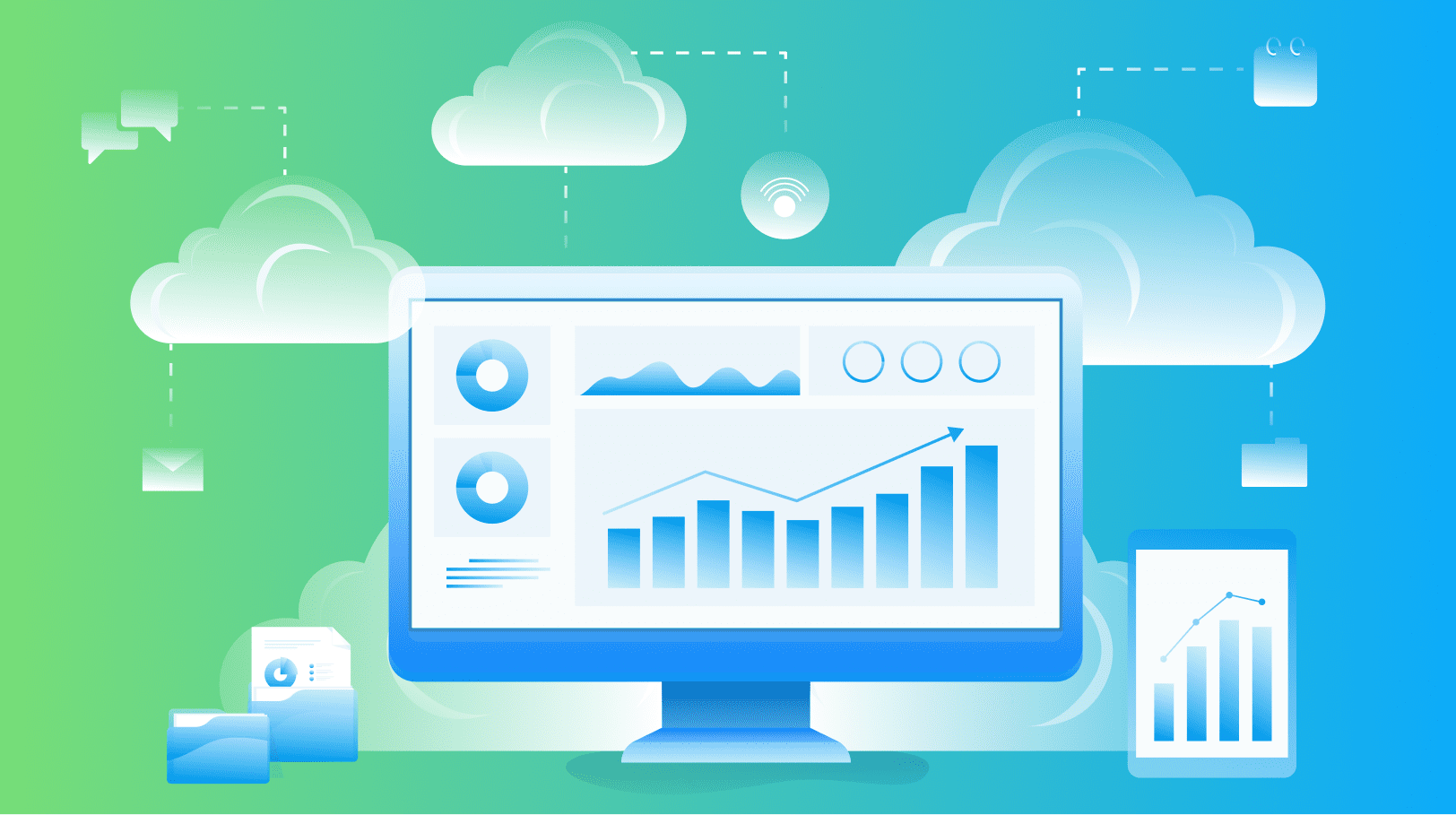
How to Upgrade Legacy Systems to Compete in the Cloud Age
With enterprise application modernization options proliferating, upgrading legacy systems has become increasingly critical.
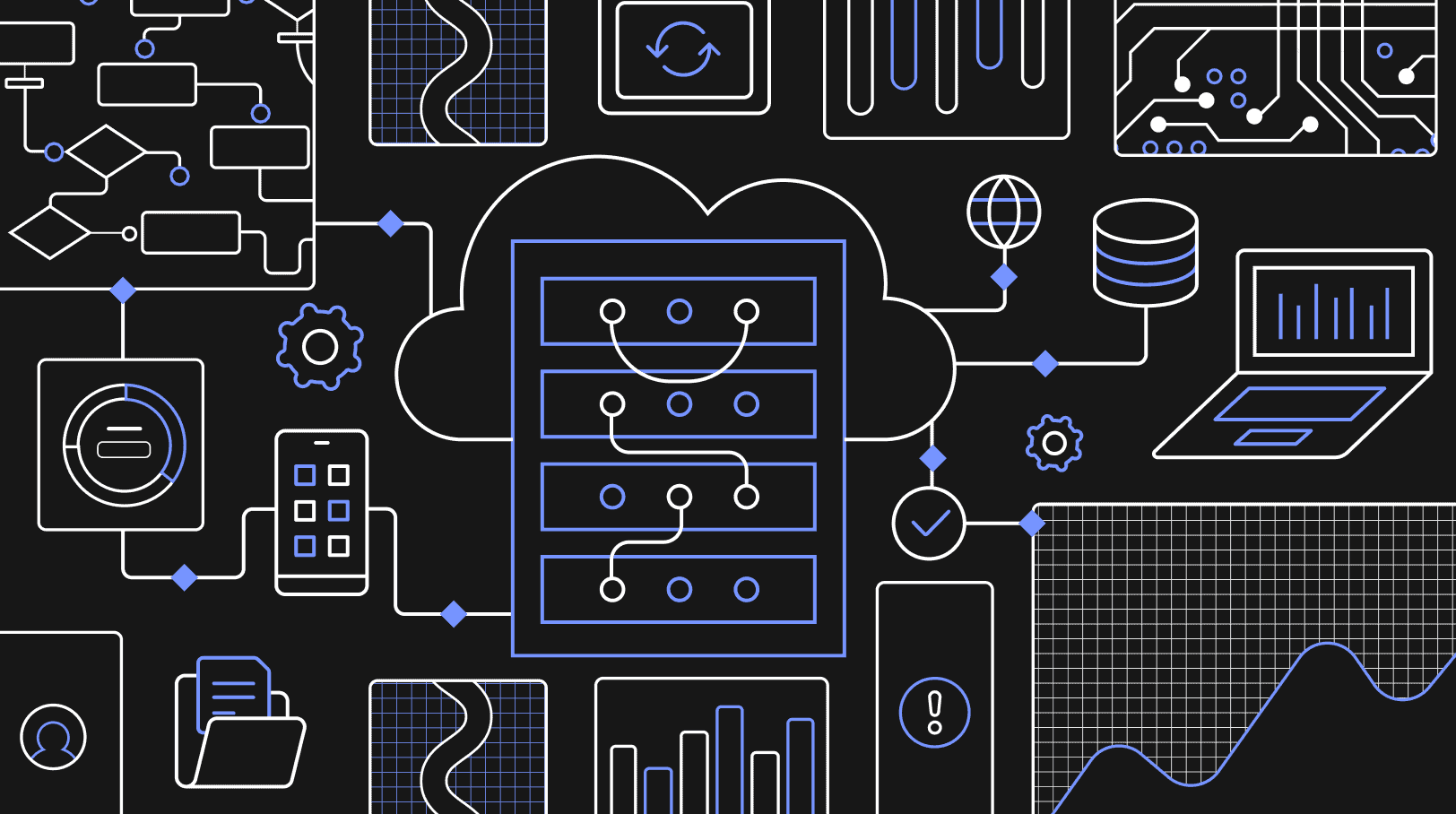
How to Modernize Legacy Systems with Low-Code
Legacy modernization enables businesses to upgrade outdated systems, resulting in reduced IT costs, improved IT efficiency, and growth. Learn about the challenges, benefits, and power of modernization via low-code.
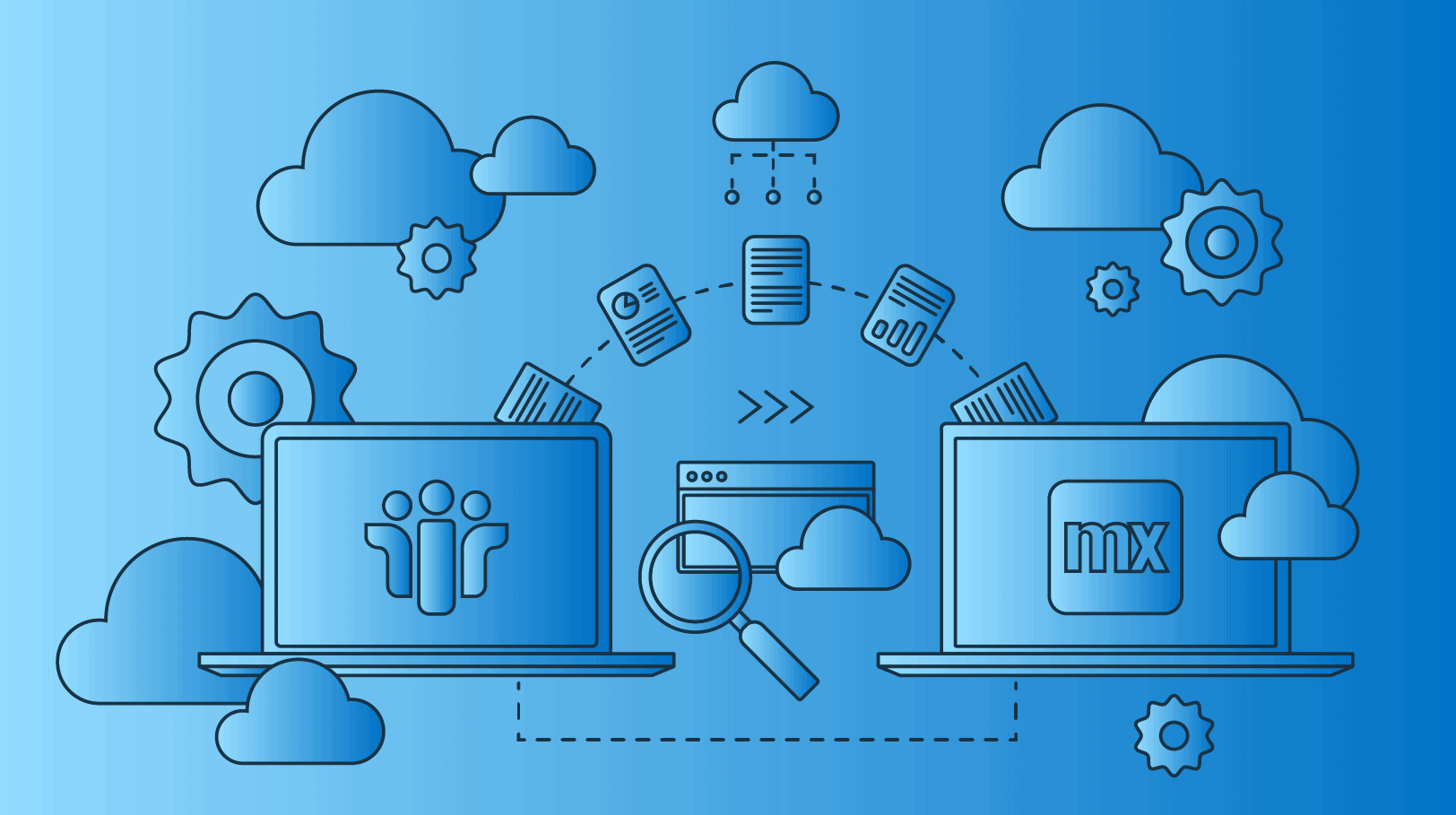
4 Reasons to Migrate Lotus Notes Apps to the Cloud
See 4 key challenges to Lotus Notes apps and how companies like the Boston Globe are adopting modern cloud platforms.
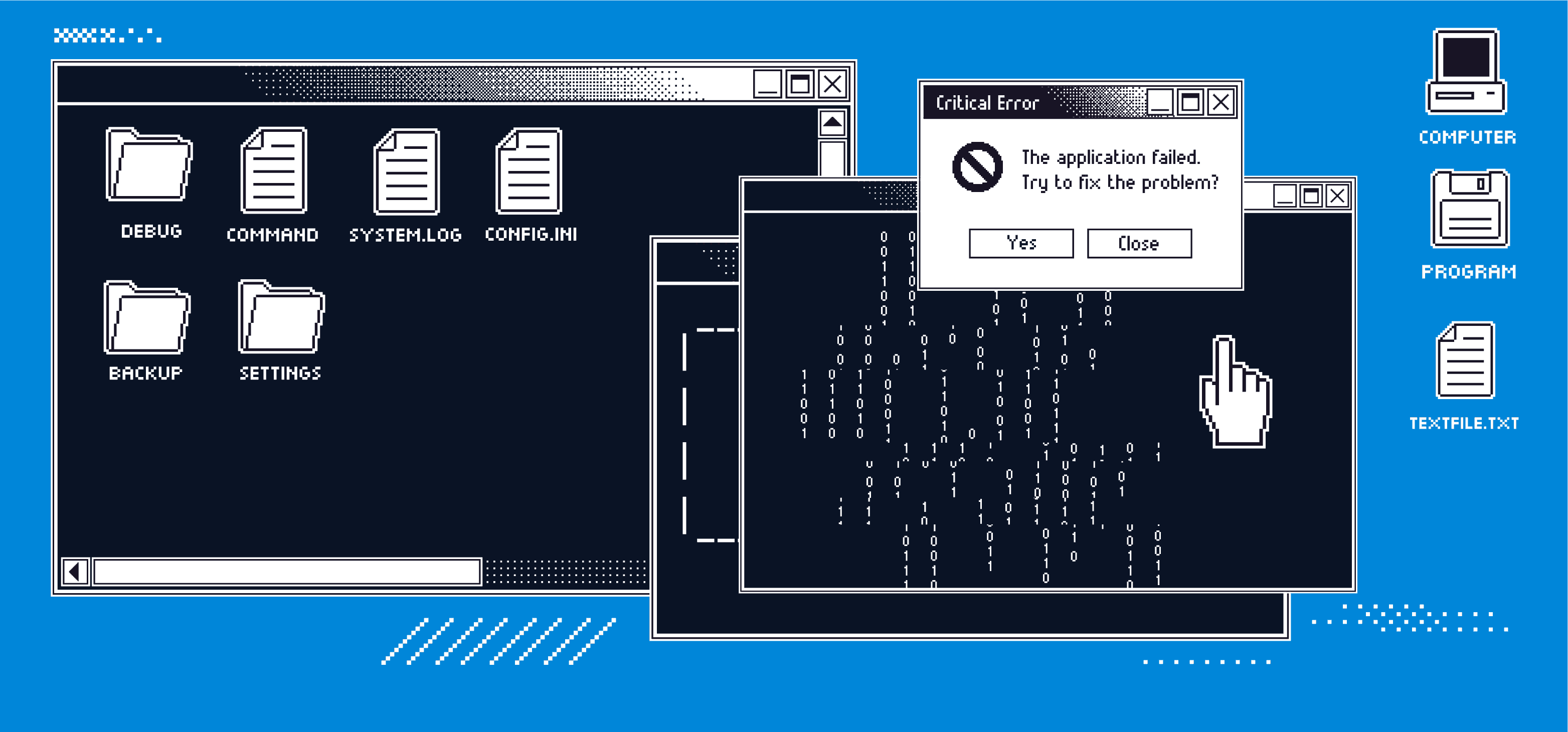
Migrate Legacy Systems to Improve Performance & Adaptability
Learn the challenges of legacy migration and how a low-code platform can be used to develop new, modern business-critical apps.
Frequently Asked Questions
-
What are legacy systems?
Legacy systems are old, outdated business technologies and processes that are critical to business operations. A legacy system is limited to the tasks for which it was originally designed, and is typically unable to integrate with newer, modern business systems.
Examples of common legacy systems include Lotus Notes, Domino, and SAP ECC.
-
What is legacy modernization?
Legacy modernization is the process of updating and optimizing business systems to improve operations. As an integral part of digital transformation, legacy modernization is an investment that organizations make to build more powerful, future-proof applications.
-
How do you modernize legacy applications and systems?
There are several ways to approach legacy modernization. The best option for your organization will depend on the challenges you’re facing and your goals for the future.
Gartner recommends evaluating your existing legacy systems to determine the business and IT drivers for modernization. Then, you can determine if encapsulation, rehosting, replatforming, refactoring, rearchitecting, rebuilding, or replacing the system will offer the greatest value.
-
Should legacy modernization be handled through the normal refresh cycle?
Not always. In many cases, legacy systems can be modernized through new components or new software. But this process should proceed according to the enterprise’s requirements, not a vendor’s support schedule.
The proof is in the platform
Innovate with a leader in low-code
Featured Analyst Reports
-
 Download Gartner Report
Download Gartner ReportA leader in the 2025 Gartner® Magic Quadrant™ for Enterprise Low-Code Application Platforms
-
 Download Forrester Report
Download Forrester ReportLeader in the Forrester Wave™: Low-Code Development Platforms For Professional Developers, Q2 2023


